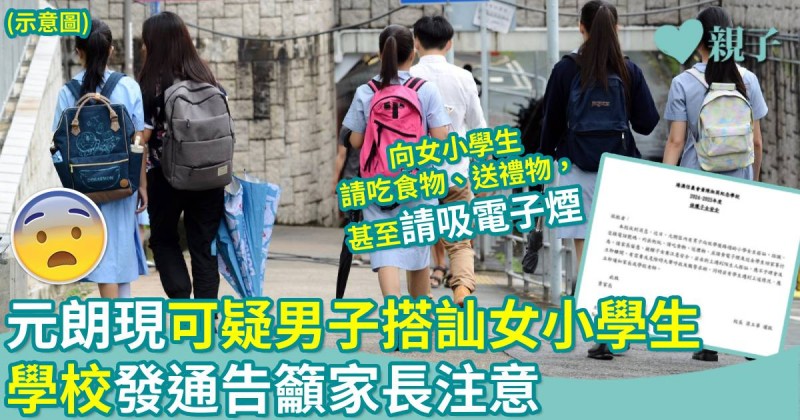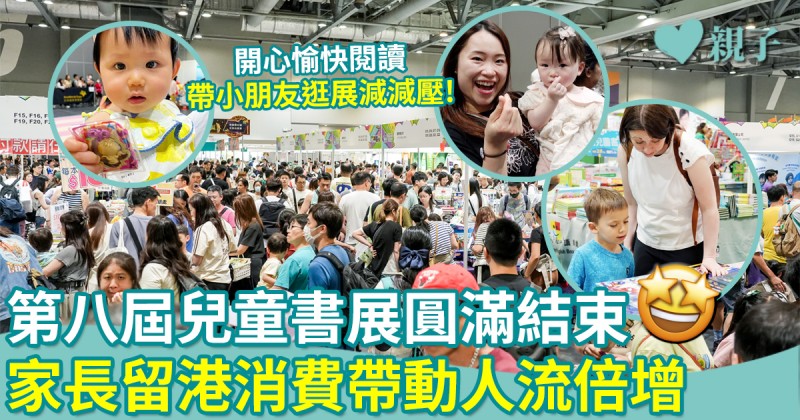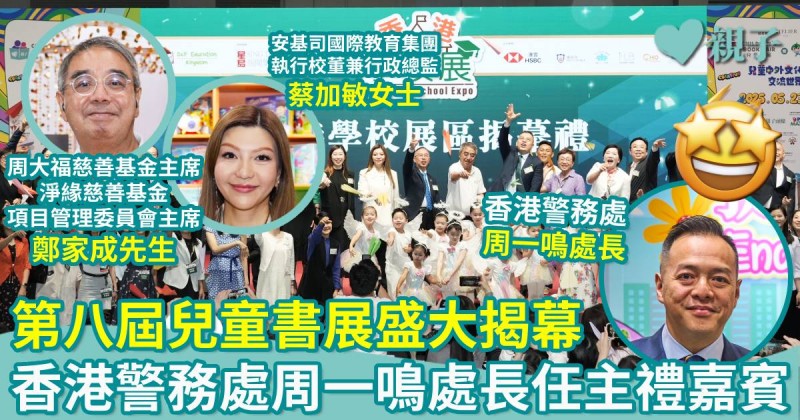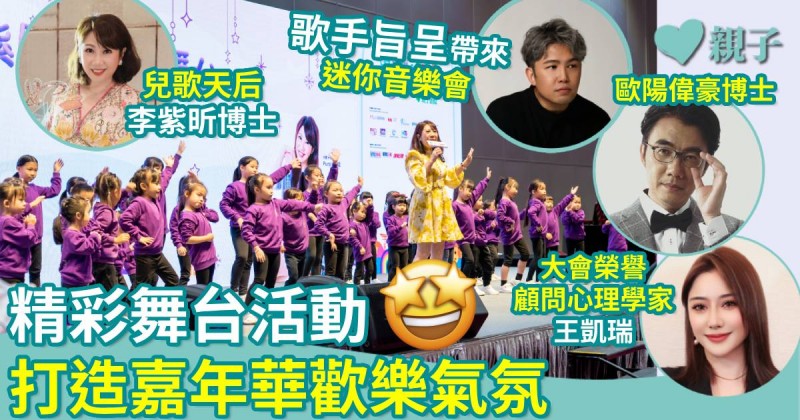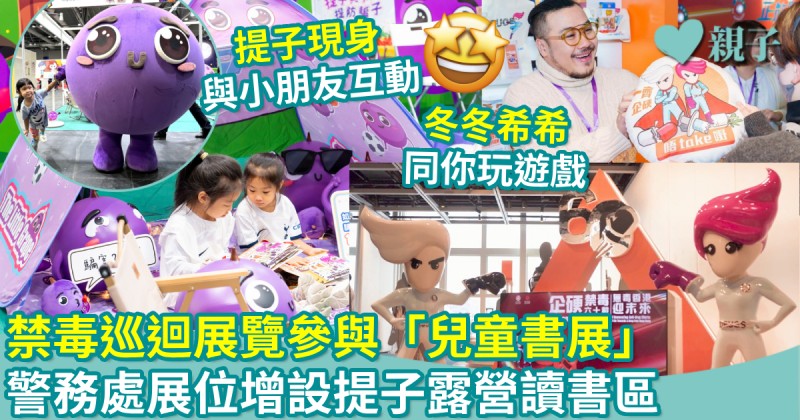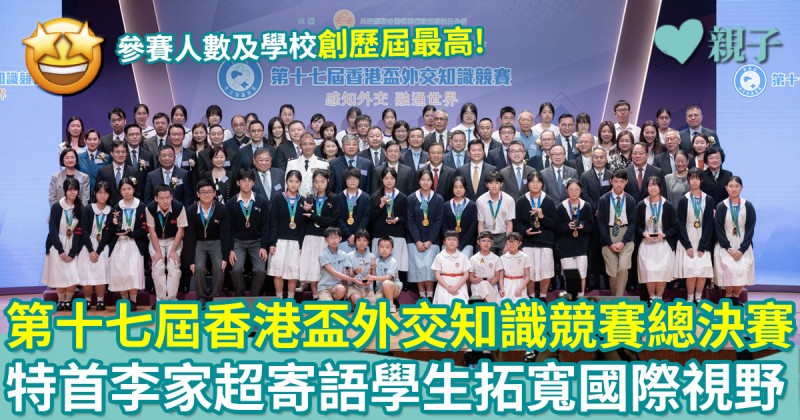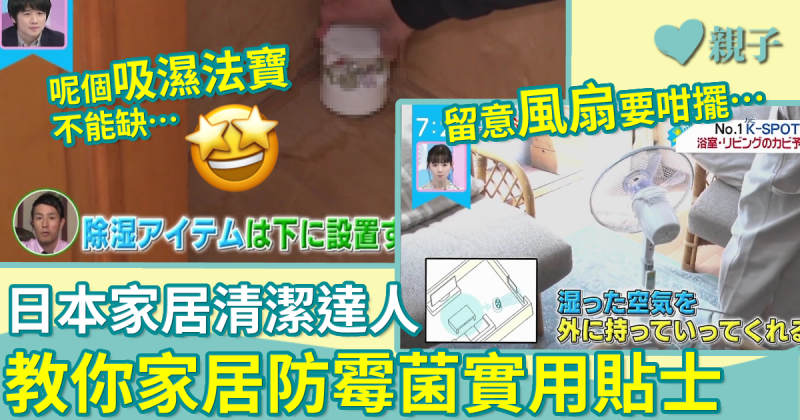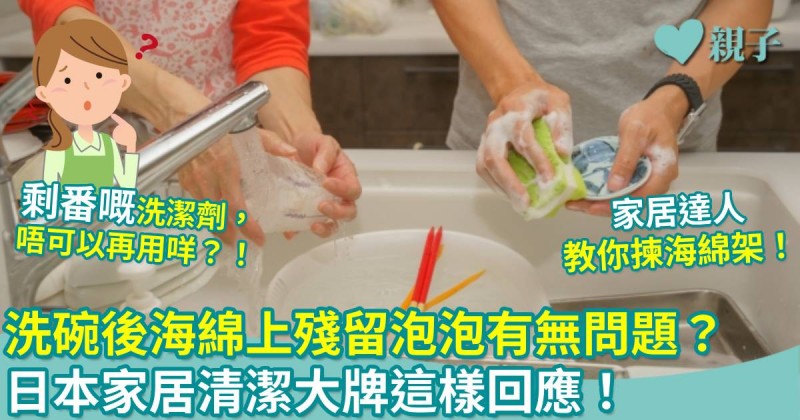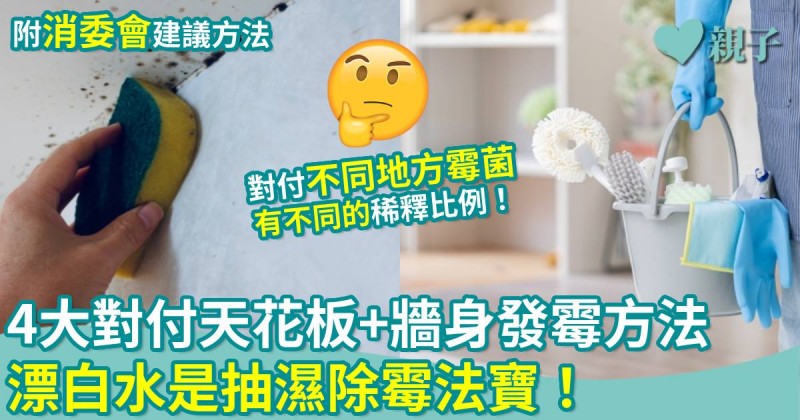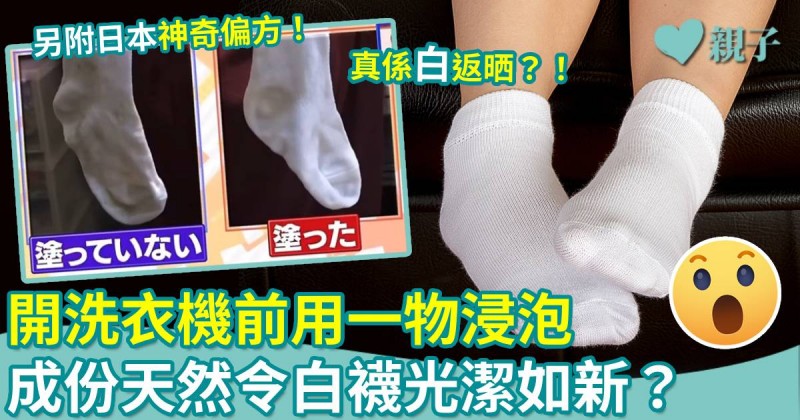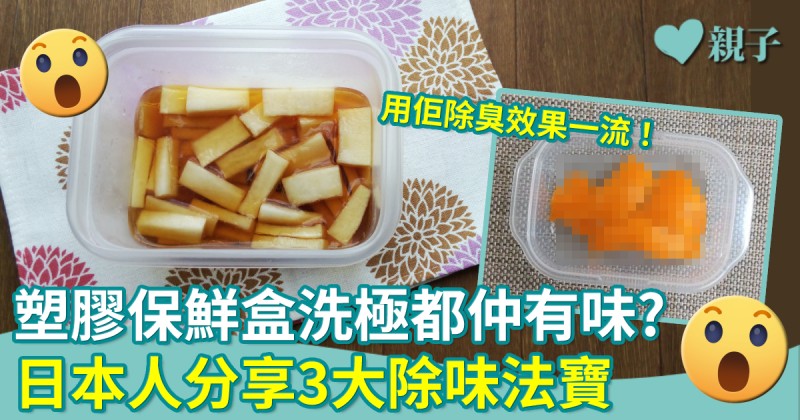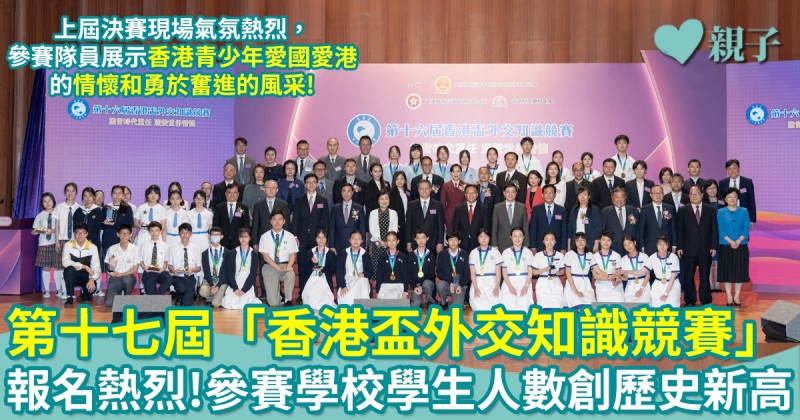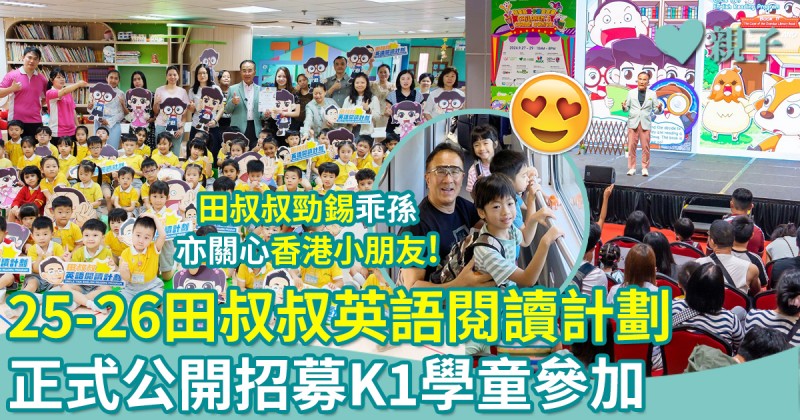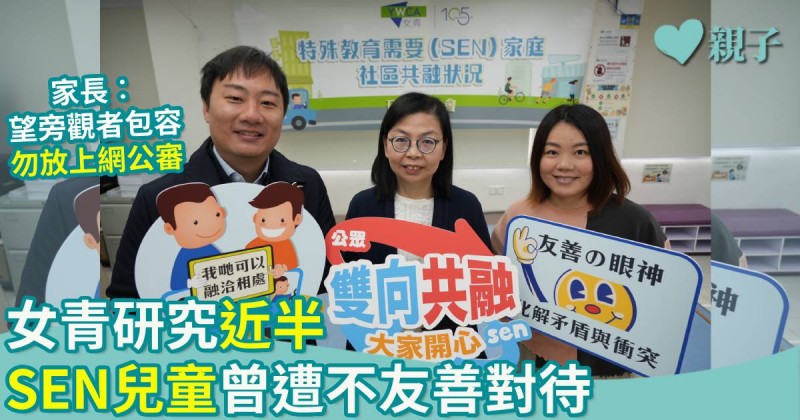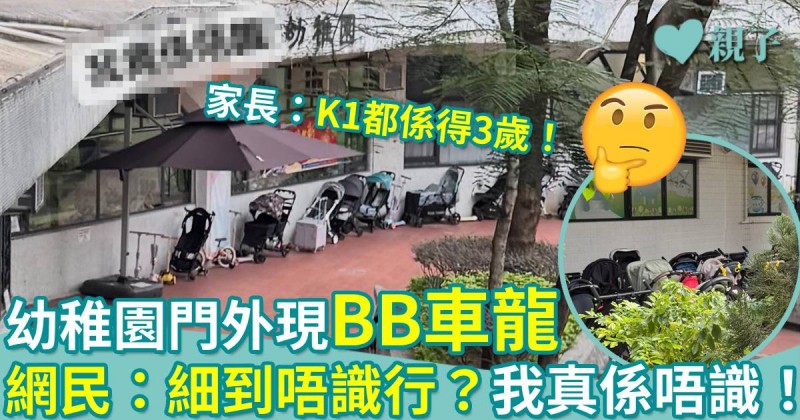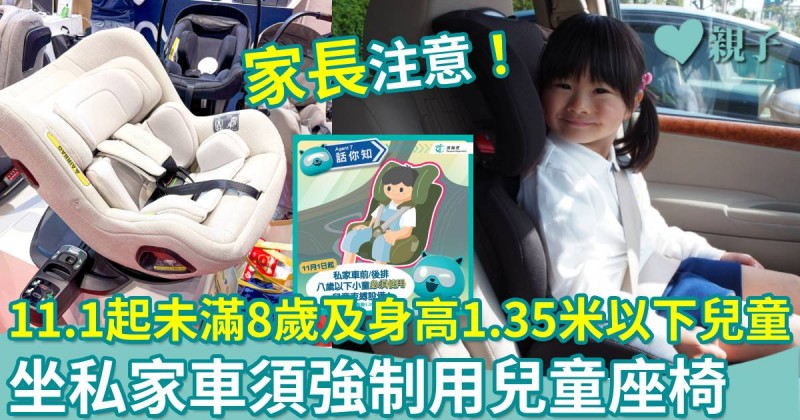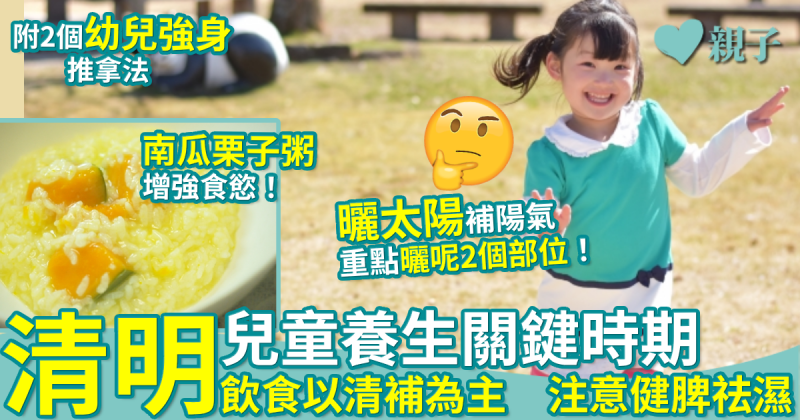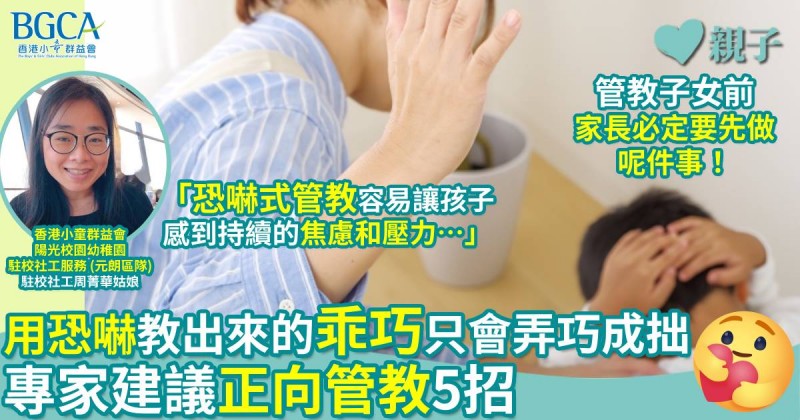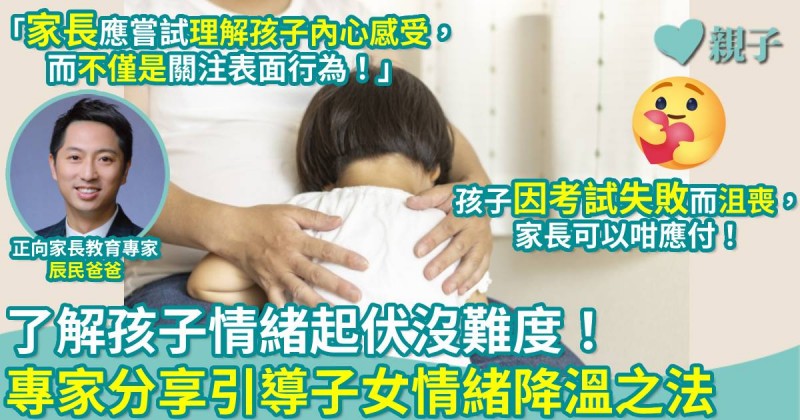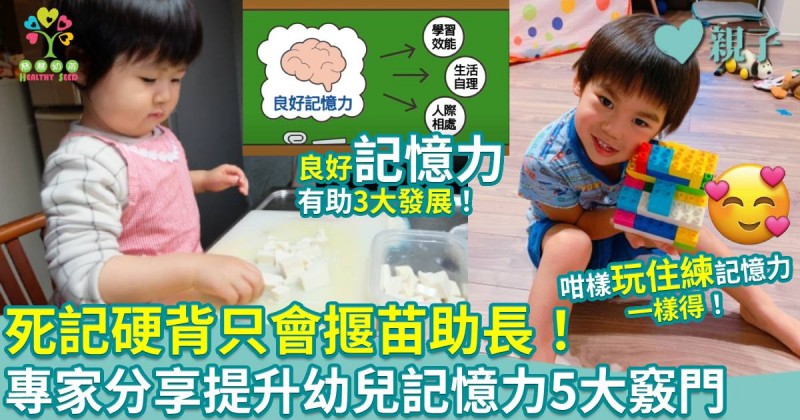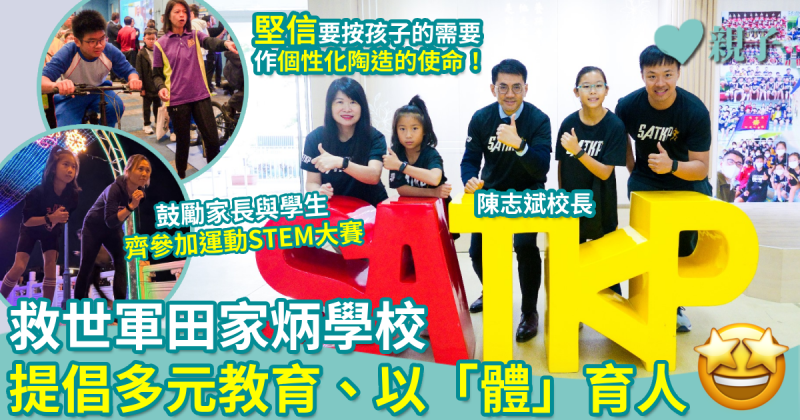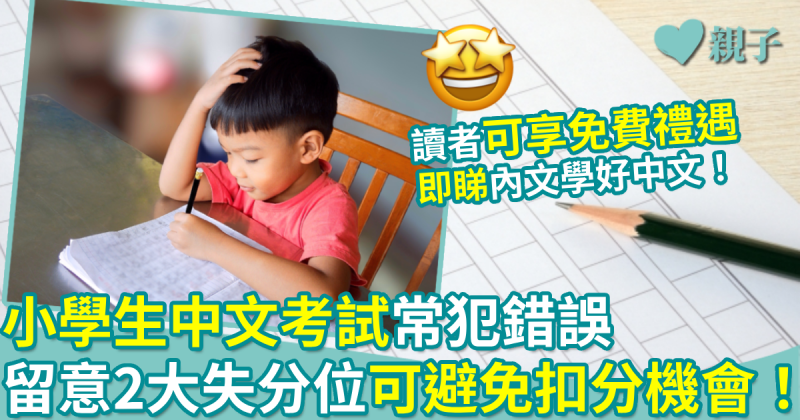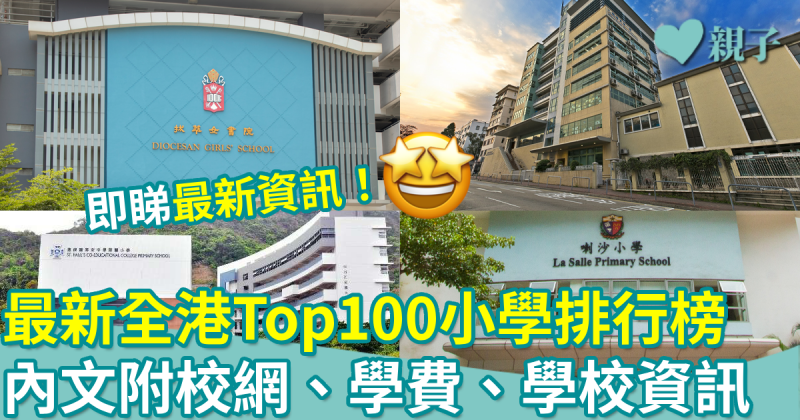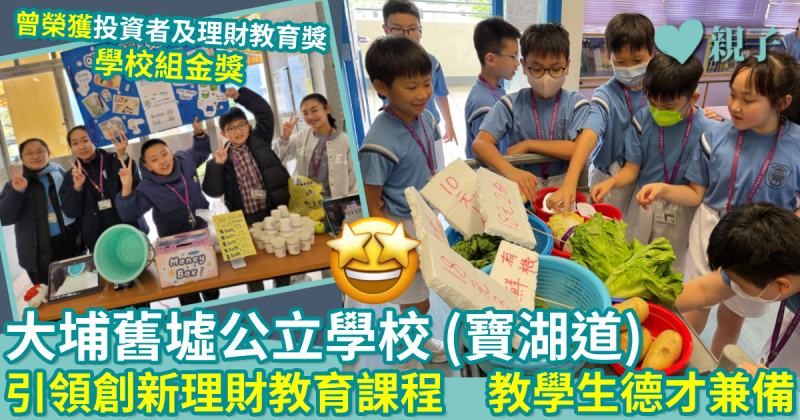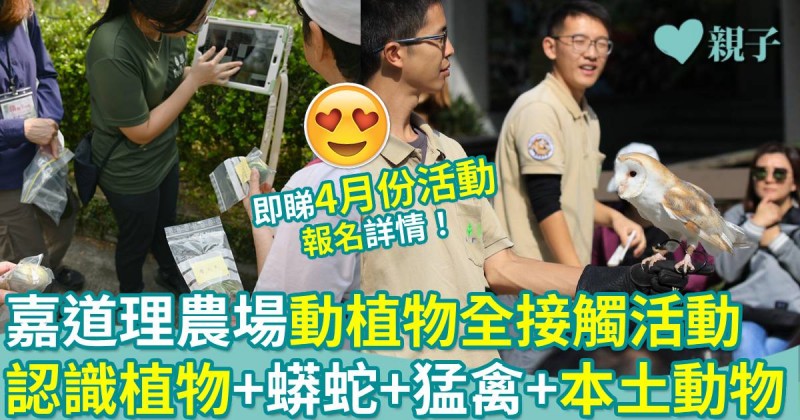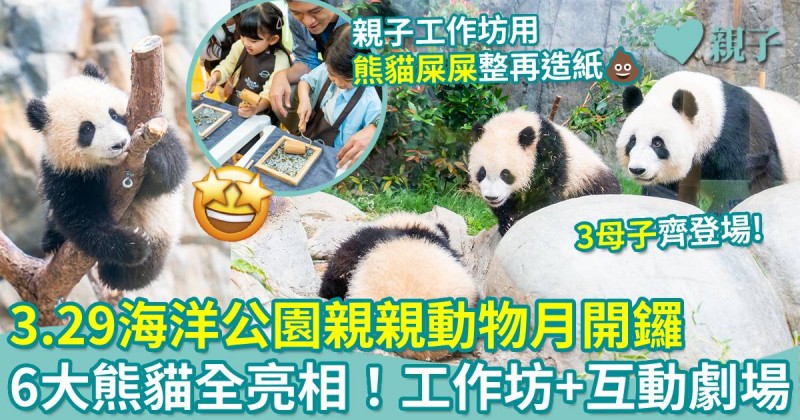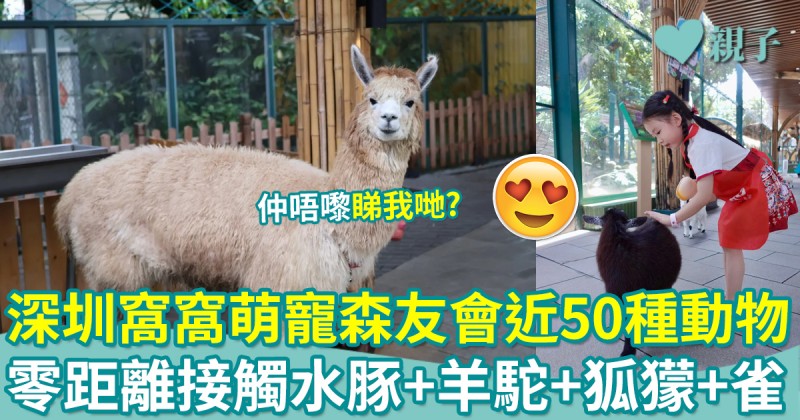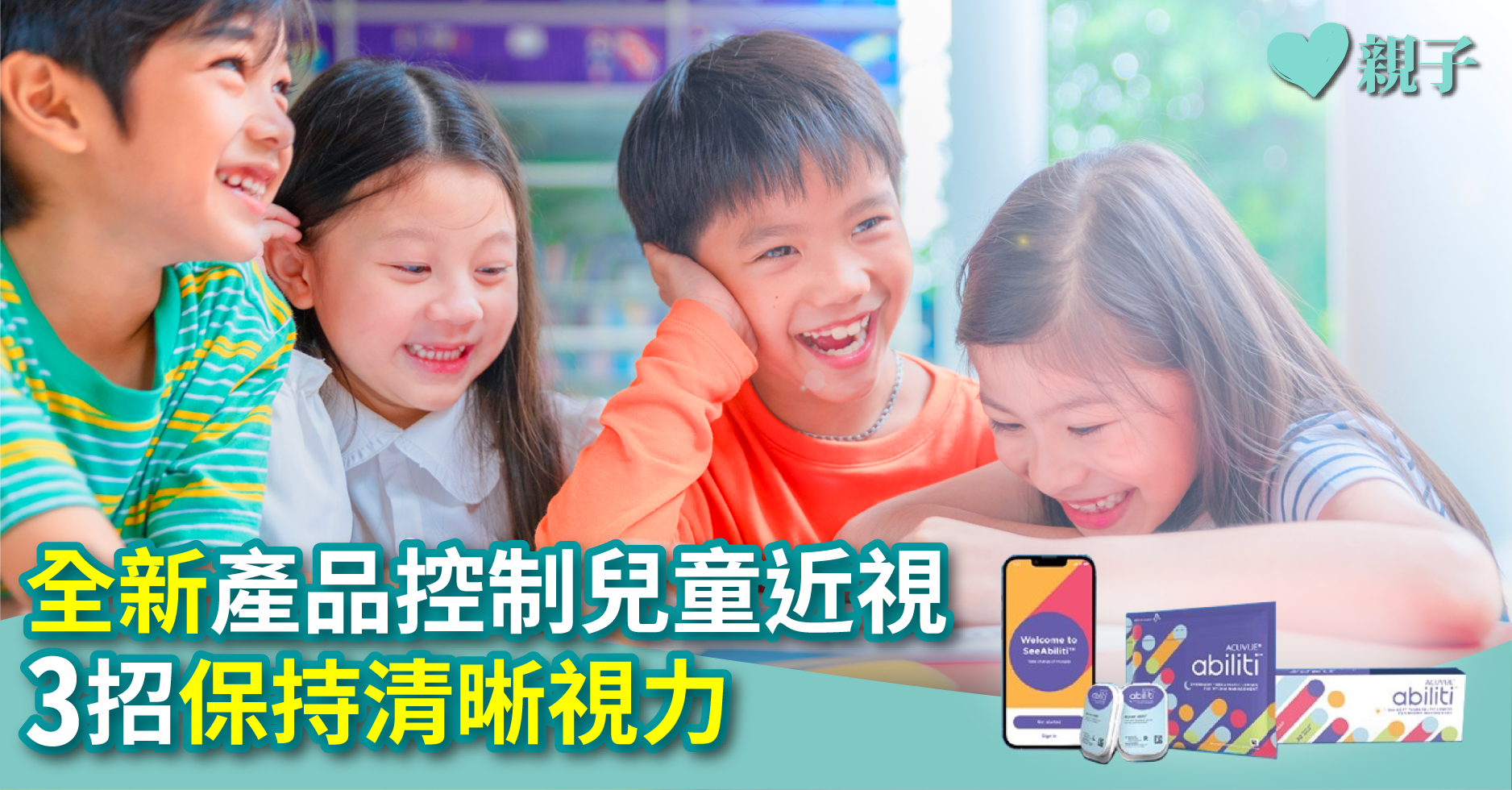
【眼睛健康】全新產品控制兒童近視 3招保持清晰視力
本港有近88%年輕人患上近視,位居全球最高比率1。當中,兒童為最高風險的患者,約61.5%兒童早於12歲受近視影響2。新冠肺炎疫情令港童轉為網上學習,使用電子產品時間大大增加,同時戶外活動時間減少,進一步令學童加深近視,復課後多了「四眼仔」或「四眼妹」,情況值得家長關注。保護視力要從小做起,通過3招有效控制近視!
近視是一種慢性持續進展的眼睛健康問題,因軸向伸長量過長而引致,或增加患上視力併發症的風險。若兒童在12歲前已患上近視,加深成深度近視的風險則較高3,同時會增加患上近視性黃斑病變4及視網膜脫落5等眼疾的風險。兒童近視加深的速度一般較快6,因此家長需要及早介入,積極管理孩子的近視情況,保護他們的視力及眼睛健康。

以科學為基礎的治療方案
為應對港童近視漸增的情況,現時有新科技幫助小朋友控制近視。Johnson & Johnson Vision在香港推出全新的Abiliti™產品組合及治療方案,有效緩減孩子近視加深的速度,減低長遠影響眼睛健康的風險。
第一招: ACUVUE® AbilitiTM 1-Day每日拋棄型軟性近視管理治療性鏡片
首款專為兒童眼睛設計的日拋型矽水凝膠軟性隱形眼鏡,採用創新的RingBoost™技術。臨床研究證實,7至12歲的兒童每週5日、每日最少8小時配戴所需鏡片後,有效減緩眼球長度增長及近視加深7。
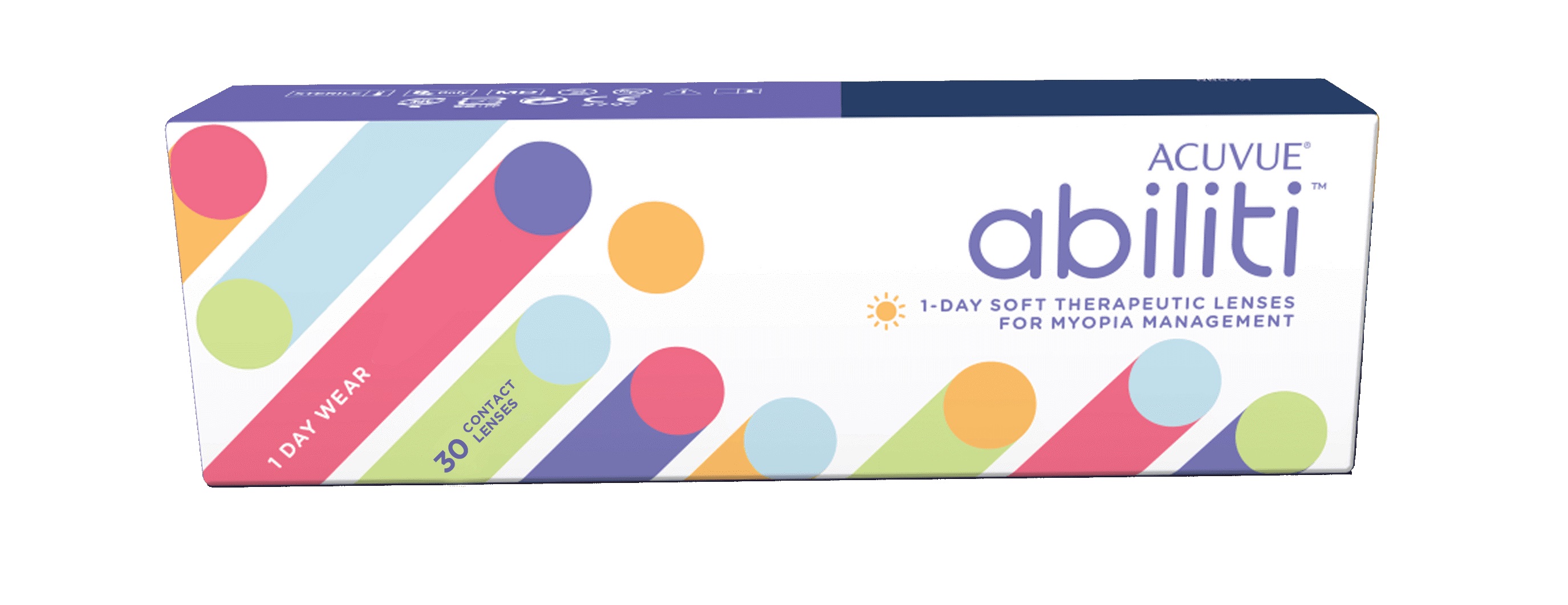
第二招:ACUVUE® AbilitiTM Overnight 近視管理夜間矯視隱形眼鏡
每隻鏡片均因應每個孩子的獨特角膜形狀和處方而專門設計,並為通過CE mark的角膜塑形術(Ortho-K)隱形眼鏡,患者可通宵配戴,有效控制近視,翌日無需配戴鏡片仍可保持清晰的視力,十分方便,而且效果顯著,特別適合天生好動的小朋友配戴。鏡片經科學實證在兩年期間將近視兒童的軸向伸長量平均減少 0.28 mm* 891011。兒童在夜間配戴隱形眼鏡後,可以暫時重塑角膜12131415。
*與配戴單光近視鏡片作比較 **屈光度數減少高達 4.00D,散光減少高達 2.50D
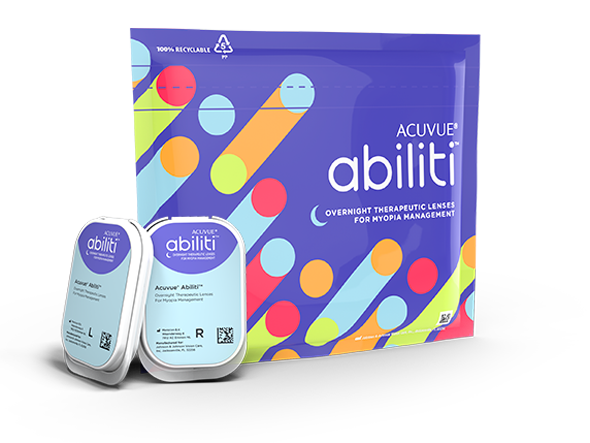
第三招:SeeAbiliti™ 數碼應用程式:
家長有沒有想過一機在手,也可以幫助孩子管理近視?SeeAbiliti™ 應用程式可提供近視相關的生活模式指引、治療支援,例如提醒父母增加子女的戶外活動時間、子女成長過程中的需要等,從而提升近視管理的成效。
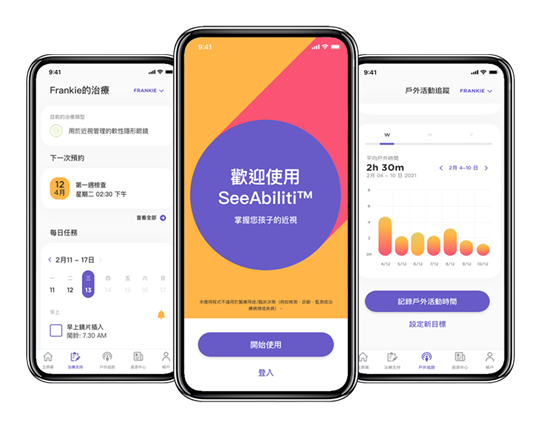
患者及家長應諮詢眼科專業人士,由他們根據臨床經驗,並考量生活方式後,共同決定最適合患者的治療方案。
此外,為讓小學生明白擁有清晰視力的重要性,香港角膜及隱形眼鏡學會、香港角膜矯型學院、香港眼科視光師學會、Johnson & Johnson Vision及親子頭條在5月中旬起舉行「清晰視力先可以放眼世界」小學填色比賽,歡迎小學一至六年級學生參加,學習近視管理知識,從小保護眼睛。
比賽獎品豐富,冠亞季軍得獎者可獲得兒童近視控制評估檢查及一年/半年近視控制隱形眼鏡方案、世界地圖連點讀筆乙份及獎狀。請大家踴躍參加,一同學習護眼知識,嬴取豐富獎品!
HKM20220510_004
1 Wolfram et al 2014 Br J Ophthalmol
2 Lam et al OVS 2004
3 Hu Y et al. Association of Age at Myopia Onset With Risk of High Myopia in Adulthood in a 12-Year Follow-up of a Chinese Cohort. JAMA Ophthalmol. 2020;138:1–6.
4 Ohno-Matsui K, Lai TY, Lai CC, Cheung CM. Updates of Pathologic Myopia. Prog Retin Eye Res 2016;52:156-87.
5 Mitry D, Charteris DG, Fleck BW et al. The Epidemiology of Rhegmatogenous Retinal Detachment: Geographical Variation and Clinical Associations. Br J Ophthalmol 2010;94:678-84.
6 Chua SY et al. Age of Onset of Myopia Predicts Risk of High Myopia in Later Childhood in Myopic Singapore Children. Opthal Physiol Opt 2016;36:388-94.
7 Compared to single vision contact lenses after 6 months wear.
8 Cho P, Cheung SW. Retardation of myopia in Orthokeratology (ROMIO) study: a 2-year randomized clinical trial. Invest Ophthalmol Vis Sci [Internet]. 2012/09/13. 2012;53(11):7077– 85.
9 Santodomingo-Rubido J, Villa-Collar C, Gilmartin B, Gutiérrez- Ortega R. Myopia control with orthokeratology contact lens in Spain: Refractive and biometric changes. Invest Ophthalmol Vis Sci. 2012;53(8).
10 Chen C, Cheung SW, Cho P. Myopia control using toric orthokeratology (TO-SEE study). Invest Ophthalmol Vis Sci [Internet]. 2013/09/05. 2013;54(10):6510–7.
11 Walline JJ, Robboy MW, Hilmantel G, Tarver ME, Afshari NA, Dhaliwal DK, Morse CL, Quinn CJ, Repka MX, Eydelman MB. Food and Drug Administration, American Academy of Ophthalmology, American Academy of Optometry, American Association for Pediatric Ophthalmology and Strabismus, American Optometric Association, American Society of Cataract and Refractive Surgery, and Contact Lens Association of Ophthalmologists Co- Sponsored Workshop: Controlling the Progression of Myopia: Contact Lens and Future Medical Devices. Eye Contact Lens.
12 Santodomingo-Rubido J, Villa-Collar C, Gilmartin B, Gutiérrez- Ortega R. Short-term changes in ocular biometry and refraction after discontinuation of long-term orthokeratology. Eye Contact Lens. 2014;40(2).
13 Cho P, Cheung SW. Discontinuation of orthokeratology on eyeball elongation (DOEE). Cont Lens Anterior Eye [Internet]. 2017/01/01. 2017;40(2):82–7.
14 Lau JK, Vincent SJ, Cheung SW, Cho P. The influence of orthokeratology compression factor on ocular higher-order aberrations. Clin Exp Optom. 2020 Jan; 103(1):123-128.
15 Wan K, Lau JK kit, Cheung SW, Cho P. Refractive and corneal responses of young myopic children to short-term orthokeratology treatment with different compression factors. Contact Lens Anterior Eye. 2020;43(1):65-72.











 延伸閱讀
延伸閱讀
